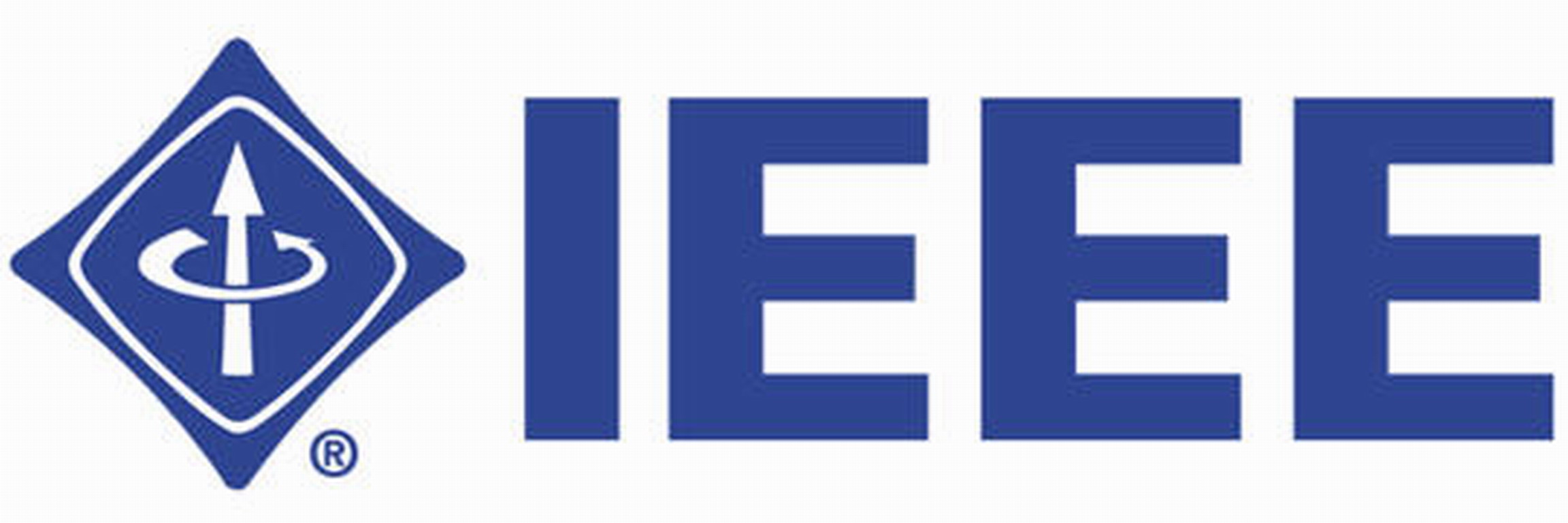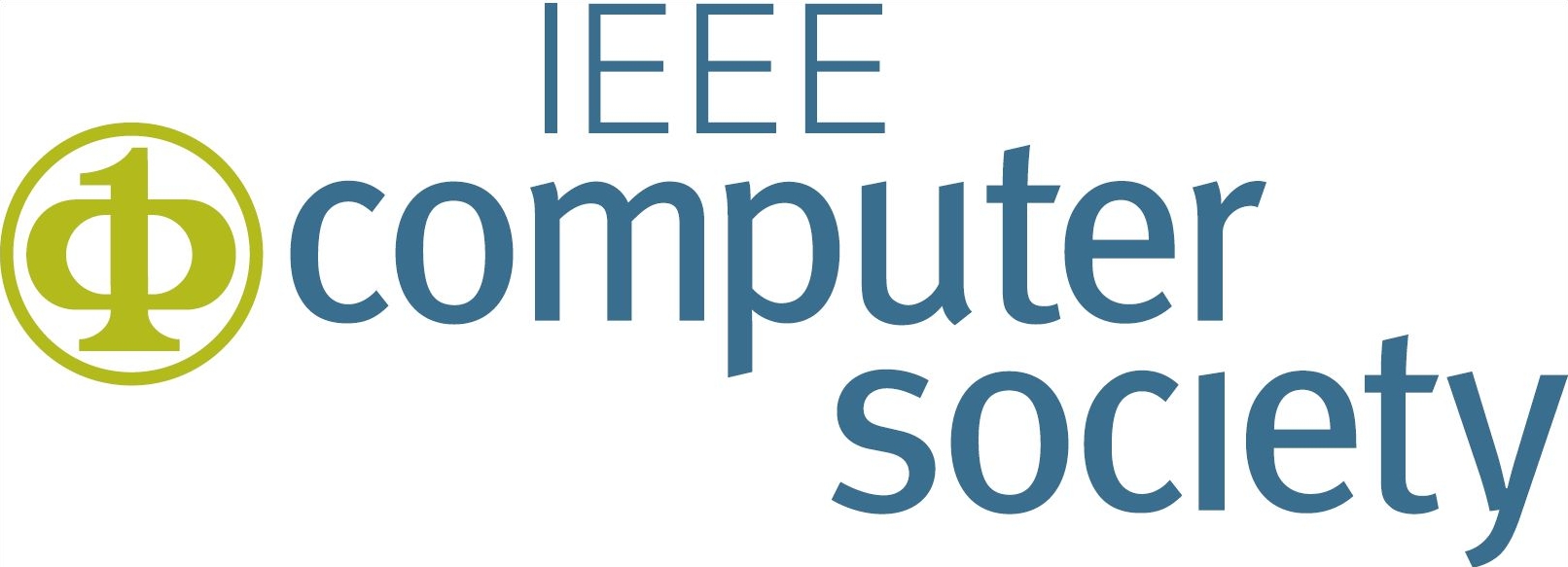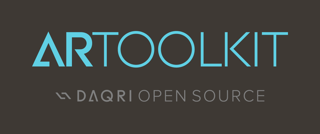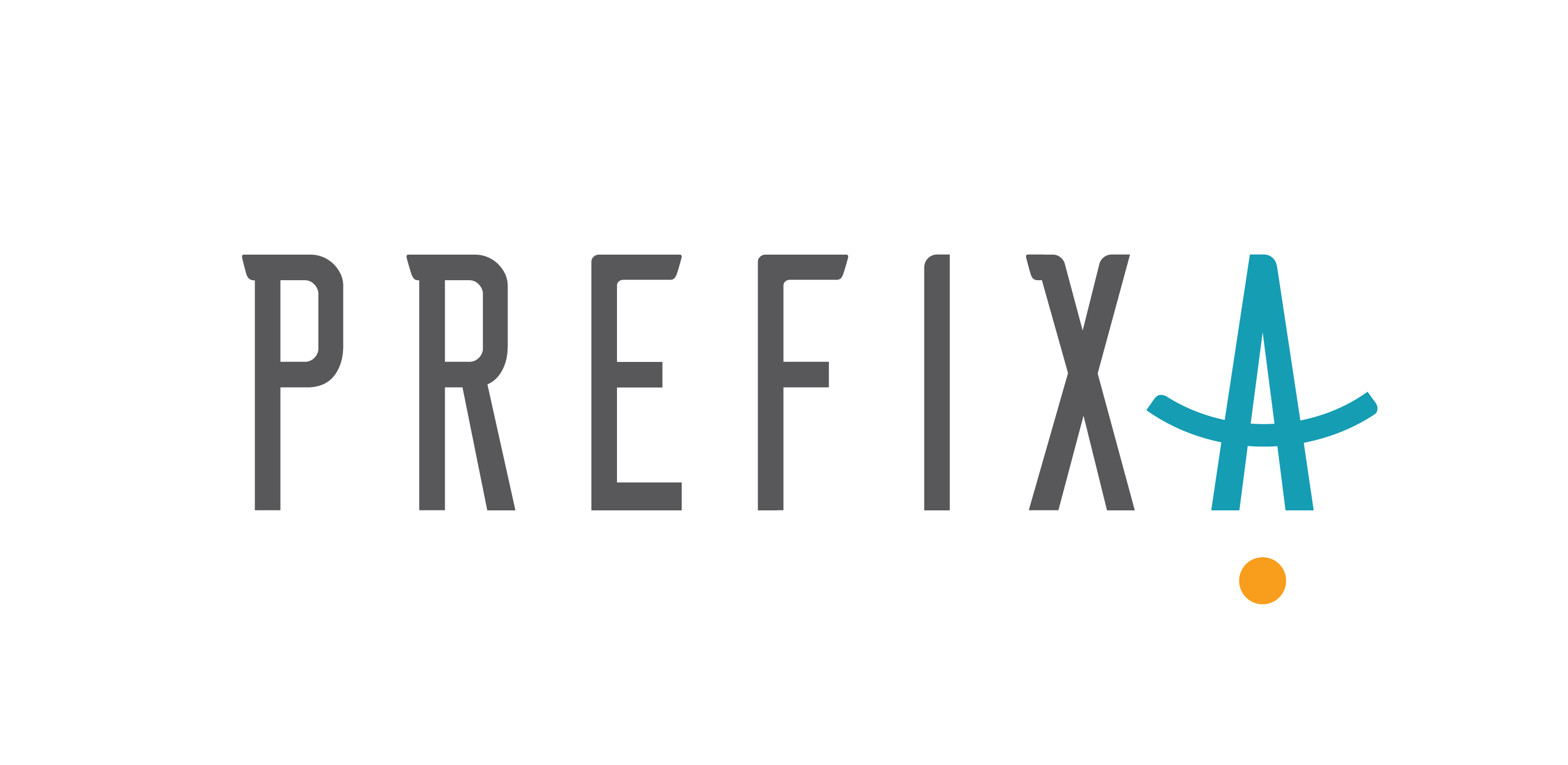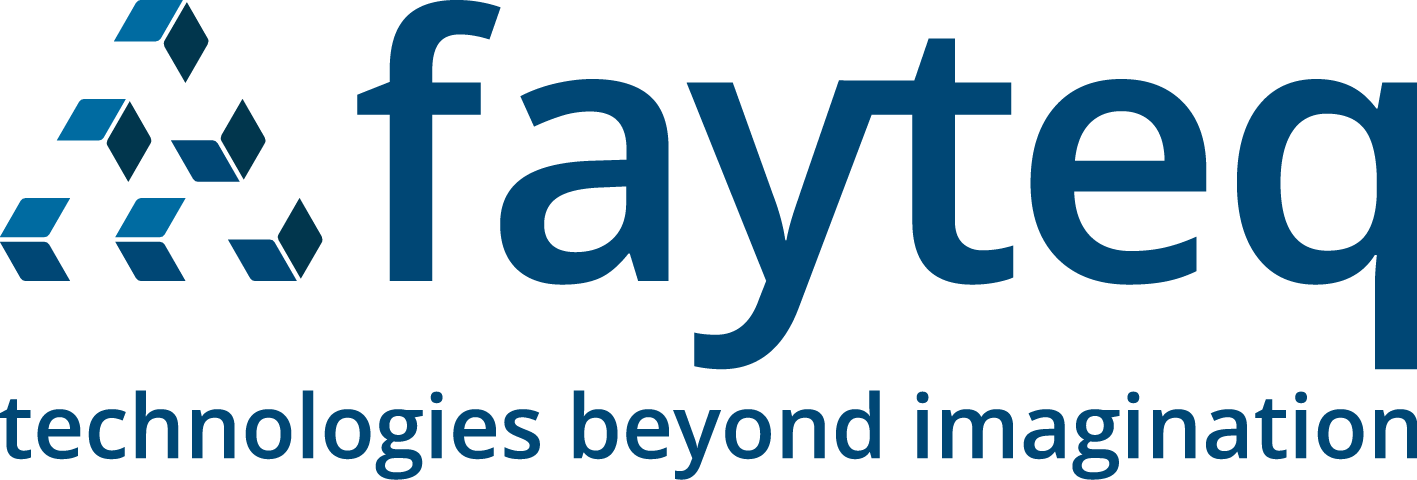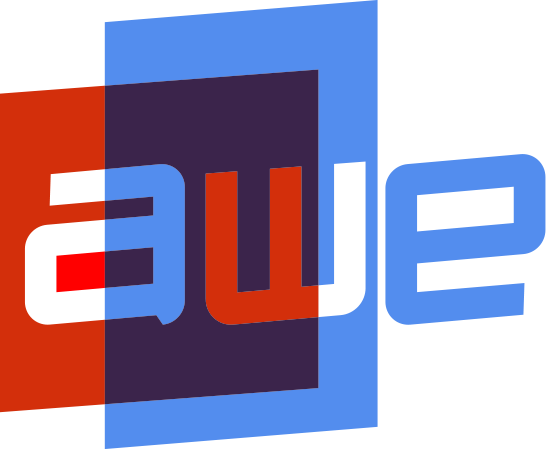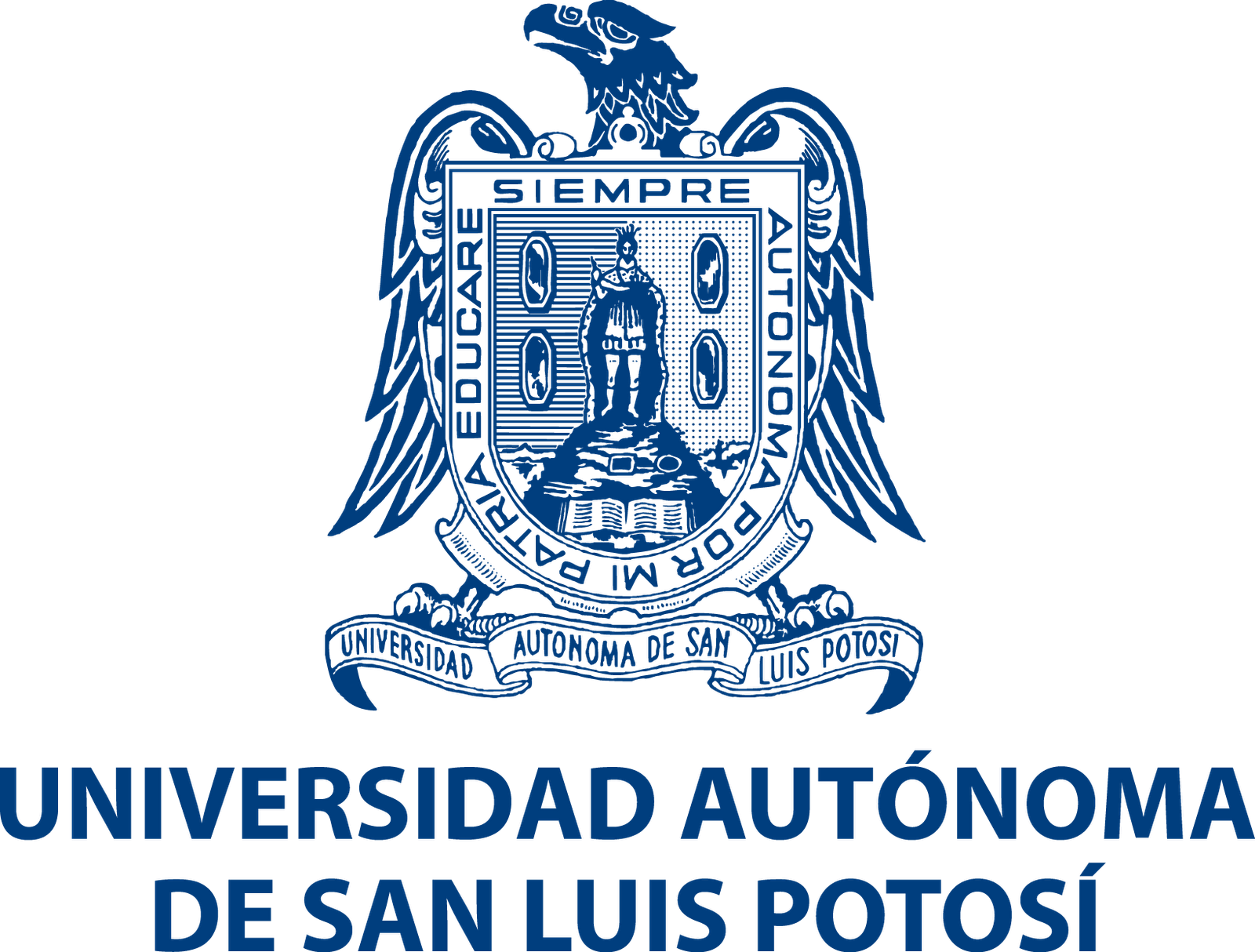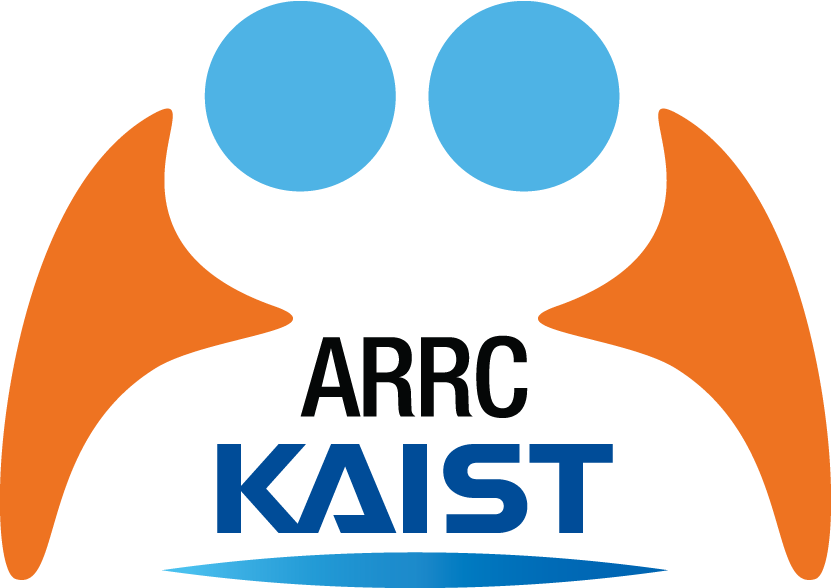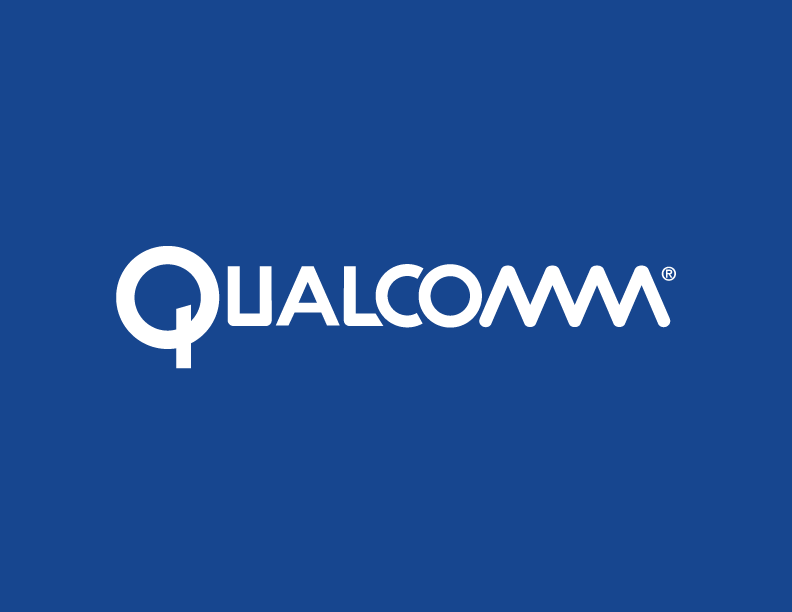Author Guidelines
Please note the additional short Second Review Cycle: some papers will be accepted as-is, but other papers will be required to make changes and then will be subjected to a second review cycle.
Further Details
Papers:
There is only one paper submission category, from 4 to 10 pages. Papers ready for journal publication will be directly published in a special issue of IEEE Transactions on Visualization and Computer Graphics (TVCG). Other accepted papers will be published in the ISMAR proceedings. Paper quality versus length will be assessed according to a contribution-per-page judgment.
-
All accepted papers will be orally presented at the ISMAR conference.
-
All accepted papers will have the opportunity to be presented as a demo/poster.
-
All accepted papers will be archived in the IEEE Xplore digital library.
Papers are also eligible for one of a number of best paper awards. ISMAR has an established reputation of awarding prizes to papers with future high impact (http://arnetminer.org/bestpaper).
Poster Papers
Poster submissions, including posters of accepted papers, will be handled by a separate submission and acceptance process from that of the paper submissions. Poster Papers will be published in the ISMAR Adjunct Proceedings and included in the IEEE Digital Library. Posters are also eligible for one of a number of best poster awards.
For Clarity, ISMAR does not consider a poster abstract of up to 2-pages to be an archival publication, and therefore submitting work in poster format does not preclude later submitting the same work in the form of a full paper. ISMAR instructs paper reviewers that if the contents of a paper have previously been published in poster abstract form, then the reviewers should not consider the poster abstract to count against the novelty of the paper. ISMAR is committed to maintaining and enforcing this reviewing principal.
Submission Rules:
-
Papers must be written in English.
-
Submissions must not be under review by any other conference, journal or other publication venue during ISMAR's reviewing period, and must not be previously published or accepted for publication elsewhere. This includes publications that have previously appeared in languages other than English. ISMAR actively searches for duplicate submissions by exchanging author and title lists with other conferences and journals. Such submissions will be rejected without review, and the coordinators of the duplicate submission will be notified.
-
Papers must be strictly formatted according to the submission guidelines and submitted electronically as PDF documents. ISMAR uses a single-blind reviewing process (see FAQ below). Thus, authors and affiliations may be mentioned.
-
Authors may include supplementary materials with the submission. Types of supplemental material can include videos, proofs, code, experimental data, appendices, audio files, and other files that supplement the paper. These materials will be included on the conference thumb drive, as well as archived in the IEEE Digital Library. A pointer to the supplemental material should be included in the text of the paper. Supplemental material may not be used to extend page limits; the paper itself must completely describe the research and results.
-
Videos should not be longer than five minutes, and the total size of all submitted materials (including the PDF document) must be under 50MB; but 100MB can be granted if requested by authors. If you include a video, also include a text file describing what codec you used to create the video. Videos must be playable on VLC. If you require a special codec make certain that you include instructions on how to find and install that codec. If the reviewers cannot play your video file, it may reduce the chances of your submission being accepted.
-
The submission must include all information necessary to evaluate the paper and must not ask reviewers to go to web sites or other external information sources, since that might circumvent page and media format limits, and may jeopardize the anonymity of the reviewers. Such external sites will not be accessed during the review process.
-
For accepted papers, at least one author must register for the conference and present the work. If no author is fully registered by the camera-ready submission deadline, the accepted work will be withdrawn from publication.
Submission Process
Paper templates (TeX, doc) are available under Submission Guidelines.
All materials will be submitted electronically through the Precision Conference website at:
https://www.precisionconference.com/~ismar/
If you already have an account with that system, please use that account to submit your materials. Otherwise, create a new account. As part of the submission you will be able to choose a major topic and a list of associated keywords.
After Submission:
After your submission the following process takes place:
-
The submission will be reviewed by the program committee and external reviewers.
-
After all reviews are in, authors will be able to see the reviews, and will be able to write a short rebuttal to clarify questions or point out errors in the reviews.
-
Based on the reviews and the rebuttal, the program committee will come to a decision. A first notification will be provided. The decision might be accept, conditionally accept , accept as poster, or reject. In addition, if a paper is accepted, it might be accepted into IEEE Transactions on Visualization and Computer Graphics (TVCG), or it might be accepted into the ISMAR Conference Proceedings.
-
If a paper is conditionally accepted, then the authors must revise and resubmit their paper. The paper’s shepherd oversees this process. After resubmission, the program chairs and shepherd come to a final decision of accept or reject.
-
After acceptance, authors prepare and submit a final, camera-ready version of their paper.
-
Finally, one of the authors presents the paper at ISMAR!
Reviewing Process:
ISMAR is a high-quality conference with a competitive submission process. In 2015, ISMAR accepted only 21.3% of the papers submitted. For information on past conferences including acceptance rates and best paper awards, see the http://ismar.net website.
ISMAR has a rigorous reviewing process that is similar to the processes used by ACM SIGGRAPH and ACM UIST. Every submitted paper is subjected to this process.
(1) Submission Categories: There is one paper submission category, from 4 to 10 pages. Papers must describe a novel contribution to the field, and must provide the evaluations necessary to validate the claims made regarding the paper’s contribution. See the section below, “Writing a good ISMAR paper,” for more guidelines. However, these are only hints; the final merit and contribution of each paper is a judgment determined by the reviewers and program committee.
(2) Reviewing: We have two tiers of reviewers: the program committee, and the external reviewers. The program chairs first assign each paper to a senior reviewer from the program committee. The senior reviewer then assigns at least three external reviewers.
(3) Rebuttals: After all reviews are in, we open the PCS website for authors to read their reviews and provide a short rebuttal of up to 500 words. The purpose of the rebuttal is to correct factual errors in the review or to clarify questions raised in the reviews. No new material, results, or data may be included in the rebuttal.
(4) Discussion: After the rebuttals are posted, the senior reviewer leads an online discussion among the reviewers. The reviewers consider the rebuttal, and the other reviews, and possibly change their rating. The senior reviewer then recommends a decision for the PC meeting, taking into account the reviews, the rebuttal, and the discussion.
(5) Program Committee Meeting: The program committee and the program chairs then meet, and for each paper come to a decision of accept, conditionally accept, accept as poster, or reject. In addition, accepted papers are either accepted into IEEE Transactions on Visualization and Computer Graphics (TVCG), or the ISMAR Conference Proceedings. Papers accepted into TVCG are always conditionally accepted, while papers accepted into the conference proceedings might be accepted or conditionally accepted. Papers accepted as poster abstracts are also considered to be conditionally accepted. After the decision is made, the senior reviewer writes a meta-review, which summarizes the reviews and provides the rationale for the decision.
(6) Second Reviewing Phase: For conditionally accepted papers, the meta-review lists conditions that the author must meet in order for the paper to be accepted. For papers accepted as posters, the condition is that that authors describe the work in poster abstract form. Authors may of course choose to withdraw their paper rather than meet the conditions. For each conditionally accepted paper, or poster, the program committee assigns a shepherd, who works with the authors to see that the conditions for acceptance are successfully applied to the paper. After the revised paper is submitted, the shepherd and the program chairs make the final decision of accept or reject.
(7) Preparation of Camera-Ready Version: Finally, the authors of accepted papers prepare a final, camera-ready version. Note that TVCG and conference papers have different typographical styles.
(8) Best Paper Awards: The program committee creates a list of the best accepted papers. There is no set size limit for this list. The program chairs then forward this list to the Best Paper Awards Committee, which is organized separately from the program committee. The criteria for selecting a best paper include the grading obtained through the reviews, and a judgment of the novelty of the work.
Also see the Reviewing Guidelines for more information.
Preparation of Camera-Ready Version:
Upload the final version to the same site where the original paper was submitted: https://www.precisionconference.com/~ismar/
Use the "Final Submission Form" to provide your final version and any supplementary material, such as video files.
In the preparation of the final submission, follow the formatting and submission guidelines.
Ensure that you are using the correct formatting and submit the IEEE copyright form. Otherwise, your contribution might not be included in the proceedings
Presentations:
Presentations of accepted papers will be normally assigned an oral session, however if a significant number of high quality papers is accepted, some papers may be presented more suitably in an interactive poster-like session. More details will be provided at the time of acceptance.
Oral presentations should be between 15--20 minutes, maximum. There will be an additional 5 minutes for questions and handover to the next presentation. Please use the break before your session to meet your session chair and to test your equipment. In addition, all paper presenters will have an opportunity to present their work as a demo/poster at the ISMAR conference.
Writing a good ISMAR paper:
A good ISMAR submission will result in both a respectable document for the proceedings and a good conference talk. As an author, you should ask yourself the following questions while writing your paper. Submissions that do not provide good answers to these questions are unlikely to be accepted.
What problem are you addressing?
The most common motivation for publishing a paper is to present a solution to a problem. When doing so, try to state all your constraints and assumptions. This is an area where it can be invaluable to have someone who is not intimately familiar with your work read the paper. Include a crisp description of the problem in the abstract and try to suggest it in the title. Note that the program chairs depend almost completely on the abstract and title when they determine which program committee member to assign to the paper.
ISMAR papers often focus on a certain aspect of Mixed and Augmented Reality systems. The following list includes some example topics, but does not represent an exhaustive list of all topics. We welcome any new idea beyond the usual range of areas.
Interaction Methods: Does the paper propose a novel interaction method? Does it present different use cases and applications for it? Can it demonstrate that the method performs better than other known ones?
User Interface & Human Factors: Does the paper describe how Mixed and Augmented Reality is improving a user interface design, human task performance or perception?
Tracking and Pose Estimation: Does the paper describe a novel method that is more robust in difficult conditions (lighting, outdoor, fast motion)? Is it a new, clever combination of different sensors? Does it provide more information for use in interaction and rendering?
Rendering and Visualization: Does the paper describe a novel, improved method for realistic integration of virtual graphics into a mixed scene? Is it faster or more accurate than known methods? Does it present a novel way of presenting information about the real world?
Displays and Input Devices: Does the paper describe a novel display (e.g., visual or aural)? Does it describe a novel input device that provides different input modalities, is easier to use and deploy or more precise?
Applications: Is the paper proposing a new application of Mixed and Augmented Reality in a specific domain? Are you providing a new understanding of usage patterns and social behavior of a deployed AR application?
What were the previous approaches?
What are the relevant published works in your problem area? What deficiencies in their approaches are you trying to overcome? How does the new approach differ from previously published results? Don't expect the reviewers to know this information without telling them in the paper, as they are unlikely to remember the precise details of all the relevant literature. Make specific comparisons between your work and that described in the references; don't just compile a list of vaguely related papers.
How well did you address your stated problem?
Based on your problem statement, what did you accomplish? You are responsible for arguing that the problem is sufficiently addressed. Include pictures, statistics, or whatever is required to make your case. If you find this part of the paper difficult to write, perhaps the work is not yet finished and the paper should be deferred until next year. (And, perhaps, submitted as a poster this year).
The following describes some typical evaluations methods for different kinds of papers. This list is not exhaustive, but provides some hints as to what can help to present your contribution.
Interaction Methods: How usable is the method or system? What is the performance of users (e.g. completion time, error rate, learning curve) compared to a previous interface developed for a similar task?
User Interface & Human Factors: Is the improvement or effect described well supported through evaluations? Was the experimental design appropriate to your solution? Were sample size, statistical evaluation, and presentation and conclusions appropriate?
Tracking and Pose Estimation: How robust is your system? Can it deal with difficult input including light conditions, fast motion, occlusions? How fast is it and on which hardware? How does it compare to known state-of-the-art systems? It is also a good idea to use a standard data set to make the results comparable to other publications, or make your test data sets available for other authors.
Rendering and Visualization: Is the output quality of your system superior to previous methods? Is it faster or capable to operate at real-time rates? What hardware and sensors does it require? For visualization, what use cases does it cover? What amount or complexity of data can it deal with?
Displays and Input Devices: What are the performance specifications of the display? For example, for a visual display does it work in indoor/outdoor, strong light conditions, what is the field of view, and is it multi-user capable? What is the hardware/software required to recreate it? What are the specifications of the input device? Can it be used in a mobile setting?
Applications: How did you design the system, what was the input from the application domain? Was the system tested by end users in the application domain? Did it improve their performance? Did it create new opportunities to improve the work methods?
What does this work contribute to the field?
What are your new ideas or results? If you don't have at least one new idea, you don't have a publishable paper. Can your results be applied anywhere outside of your project? If not, the paper is probably too special-purpose for ISMAR. On the other hand, beware of trying to write a paper with too large a scope.
Is the paper complete?
The question that generates a large amount of discussion at the program committee meeting is whether a paper is complete. If the paper presents an algorithm or technique, an experienced practitioner in the field should be able to implement it using the paper and its references. If the paper claims to present a faster or more efficient way of implementing an established technique, it must contain enough detail to replicate the experiment on competing implementations. When you quote numbers, be sure that they are not misleading—state clearly whether they were measured, simulated, or derived, and how you did the measurements, simulations, or derivations. For example, CPU time measurements are meaningless unless the reader is told the machine and configuration on which they were obtained.
Does the paper contain too much information?
Many large, poorly written papers contain a good paper trying to get out. It is the author's responsibility, not the reviewer's, to discover this paper and turn it into the submission. If you have addressed a single, practical problem, don't try to generalize it for the purposes of publication. If you have a formal theory or elaborate architecture, don't include all the vagaries of the implementation unless they are critical to the utility of the theory. Don't include the contents of your user's manual; instead, describe the model or functionality achieved. You should assume your audience has a working knowledge of user-interface development and access to the major journals in computer science, electrical engineering, and psychology. A short conference paper can only present a few concise ideas well.
Can this paper be presented well?
While ISMAR papers are judged primarily as technical papers, some consideration is given to how suitable the topic is for a conference presentation. Think of how you would present your ideas, and how big the audience is likely to be. Papers that have a small number of concisely stated new ideas and that are visually interesting tend to appeal to a large audience and be easy to present. As recent conferences clearly show, these criteria do not eliminate papers that have taxonomies or strong theoretical content, or appeal to a specialized audience, if they contain significant new ideas.
Should a video also be included?
A video can be very helpful for communicating technical results, especially when the paper discusses an interaction technique.
Further Examples
You can also find the full list of papers previously published at ISMAR in the IEEE Digital Library (IEEE Xplore). Furthermore, the ismar.net website lists past best paper awards, which are good examples of great ISMAR papers.
Frequently Asked Questions (FAQ)
Is ISMAR a visual tracking-only conference?
No. While ISMAR has helped to bring to the world key works on real time 3D tracking using vision methods (and we want to keep that happening), Mixed and Augmented Reality are concepts that go far beyond only tracking in 3D! At ISMAR 2016 we are highlighting the interest in work that goes beyond tracking. Issues on usefulness of AR, learning, training, therapy, rehabilitation, virtual analytics, entertainment, context, behaviour and object recognition together with other wearable sensors using computer vision, sensor networks and new types of onboard and external sensing technologies become very relevant to augment our world.
Can a paper be submitted anonymously, for double-blind review?
Yes. Authors can decide to be anonymous and remove any reference to their identities on the paper and video materials. See below.
Why is ISMAR single-blind, and is that a bad practice?
Other conferences have moved to double-blind reviewing, but ISMAR has not. Here are some reasons why ISMAR thinks single-blind reviewing is not as bad as some may think:
First of all, your program chairs and program committee vow to:
-
Treat all submissions and authors equally, without any preferential treatment for anybody. This, we are proud to think, has been the case since the start of the series.
-
Be fanatical about enforcing single-blind reviewing anonymity, so reviewers and program committee members can provide their best academic judgement in the knowledge that it will be anonymous.
Double-blind submissions require more work to create and can be awkward to read: The authors have to go over the paper and remove anything that identifies themselves. This also includes any video that they submit. This can sometimes go to extremes, such as authors disguising their voices or shooting videos with concealed backgrounds to avoid revealing what laboratory where the work was conducted. In general, this seems like wasted research time.
A small breach of anonymity could result in outright rejection: Or, in wasted effort by the program committee to try to anonymise things on behalf of authors. In some conferences, any sign of the authors’ identities could result in outright reject, and waste a year’s worth of work.
Anonymous submissions are harder to review: The authors have to remove references to their own work. This can be a particularly difficult problem when the new paper directly builds on recent previous work from the same authors. It also means that a reviewer will have a more difficult time determining what is new about this submission compared to previous work. The burden is then transferred to the program committee members or even the program chairs, and this is unnecessary additional work.
Single-blind reviews are difficult enough: Keeping single-blind anonymity is difficult enough, especially when program committee members and program chairs are also potential authors.
So how do you ensure fair reviews then? As per the vow above, we will take extreme care to ensure that no prejudice is used and only the quality of the work determines acceptance. The program chairs and program committee members will monitor reviews and the live discussions to ensure this is the case. Also, in the case that an program committee members or a program chair is an author of a submitted paper, these will be handled by a chair that is not them (one reason why we have 3 program chairs!). When a paper is discussed, every program committee member who is conflicted with the paper, including of course any paper authors, leave the room and otherwise do not take any part in the decision process.
Document History
This document was adapted by the 2016 Program Committee Chairs: Wolfgang Broll, Hideo Saito, and J. Edward Swan II, who inherited it from Walterio Mayol, Christian Sandor, and Rob Lindeman, based on significant materials created by Ron Azuma on how to write a successful ISMAR paper and how to be a successful Program Chair, also based on the 2011 UIST Author Guidelines edited by Maneesh Agrawala and Scott Klemmer (using material provided by Saul Greenberg), who inherited it from François Guimbretière, who inherited it from Michel Beaudouin Lafon, who inherited it from Ravin Balakrishnan and Chia Shen, who inherited it from Ken Hinckley and Pierre Wellner, who inherited it from Dan Olsen, who inherited it from Steve Feiner, who inherited it from Joe Konstan, who inherited it from Michel Beaudouin Lafon, who inherited it from Ari Rapkin, who inherited it from Beth Mynatt, who inherited it from George Robertson, who inherited it from Marc H. Brown, who inherited it from George Robertson, who got lots of help on it from Steve Feiner, Brad Myers, Jock Mackinlay, Mark Green, Randy Pausch, Pierre Wellner, and Beth Mynatt.

